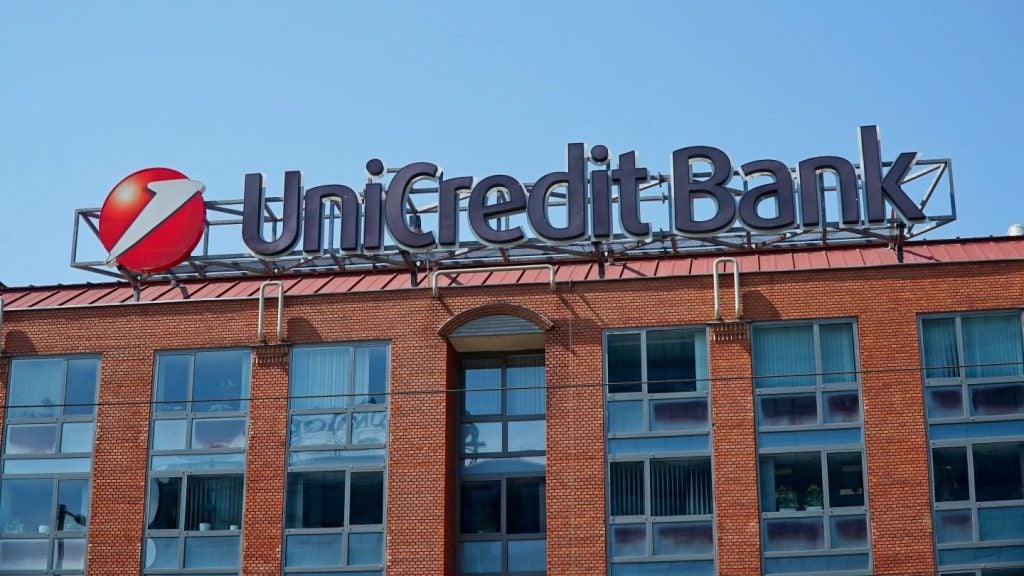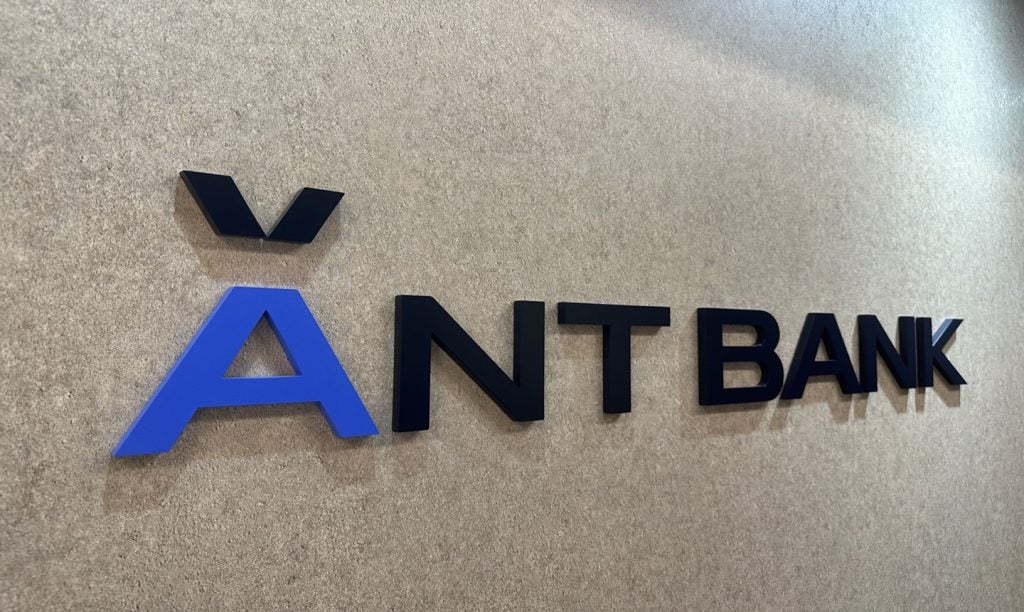
The coronavirus pandemic is the biggest challenge faced by financial institutions over the last century. Mohamed Dabo asked what retail banks can do to win the battle and thrive in the future.
The industry will likely face a prolonged period of economic pressure and banks’ actions in the coming months will set their performance trajectory for the years ahead.
Banks have shown during the lockdown what is possible in terms of speed and innovation. “There is no going back,” says global consulting firm McKinsey & Company in a recent report.
Now is the time for banking executives to reimagine how their institutions operate. Bold vision and disciplined execution on a set of key imperatives will ultimately differentiate the leaders from the laggards as this crisis abates.
Six battle plans amid covid-19
The report have identified six imperatives that will help banks return to profitable growth as the crisis abates.
Many banks are already working on some of these, but the ambition and speed need to rise significantly. The consultant note that now might be the time for banking leaders to reflect on their role in society.

US Tariffs are shifting - will you react or anticipate?
Don’t let policy changes catch you off guard. Stay proactive with real-time data and expert analysis.
By GlobalData- Innovate new products and propositions
Given the pressure on interest margins, the search for alternative fee income sources will intensify.
For example, banks could build extended services around core products such as mortgages by helping customers improve credit scores, get home insurance, manage building maintenance, or open a home equity line.
An alternative (or an accelerator) to building a new business is acquiring one. Europe is home to about four thousand fintechs that have incubated disruptive propositions.
- Lock in the shift to digital sales and service, and reshape physical distribution
In just a couple of months, customers’ adoption of digital banking has leapt forward by a couple of years. McKinsey & Company’s most recent customer survey showed a 10 to 20% rise in digital banking use across Europe in April.
Many Italian banks are striving to enable every single one of their customers to use digital banking. Such a jump in adoption opens the door for banks to turn digital channels into real sales channels, not just convenient self-service tools.
Banks need to also re-evaluate how they deliver personal advice: people across all age groups have had to embrace video platforms recently, which could make it easier for banks to start rolling out remote advice for complex products even in more branch-focused European markets.
- Create a structurally leaner and scalable cost base
To offset the effect of spiking risk costs and sluggish income, and to free up resources for building digital capabilities, banks need to aim for a cost improvement of 25 to 35% (or 20 to 30% net increase after reinvestments) over the next two to three years.
Banks need to find ways to move from fixed costs to pay-as-you-go models across the board, from IT infrastructure, to enterprise functions, or workspace (e.g., rolling short-term leases versus owning property).
- Reset the organization and technology for speed
During the lockdown, many bank teams turned agile overnight and delivered the impossible—such as enabling thousands of employees to work from home, or deploying new digital journeys in record time.
Banks need to lock in this speed and empower their employees by resetting their organization from a siloed setup to one oriented around what customers value (e.g., “value streams” such as daily banking, cards, etc.) with clear links to P&L responsibility.
This means merging business with operations and IT, enabling them to react to external shifts much faster.
Finally, as speed becomes a key differentiator, banks should build on the new architectural paradigms enabled by cloud-based platforms and infrastructure to cost-effectively modernize core technology systems.
- Double down on risk and capital management
Credit losses will be the defining differentiator of performance over the next year, so inevitably the topic dominates board discussions across many banks.
Early detection and proactive intervention are critical to manage non-performing loans. Once this is under control, the next challenge will be steering through the coming recapitalization wave.
In the depth of the crisis, regulators relaxed CET1 ratio requirements, but this relief will not last forever.
Finally, banks need to turn the rapid loan-origination processes used during the relief program into business-as-usual. This requires sophisticated digital credit decisioning and a huge step up in both decision accuracy and “time to yes.”
- Rebalance the business mix and seek targeted M&A deals
Industry landscapes are often redrawn after crises. In McKinsey’s Global Banking Annual Review 2019, we highlighted that more than half of banks already had ROE lower than their cost of equity.
As the pressure on ROE builds, banks need to respond by carving out noncore assets that drive complexity or cost—or that simply add no value.
M&A might feel far off today, but it remains a path to rapid cost savings or acquiring new capabilities. In-market consolidation could be one viable path (pending regulatory support), as experience points to the potential for cost reductions of the target of up to 40%.







